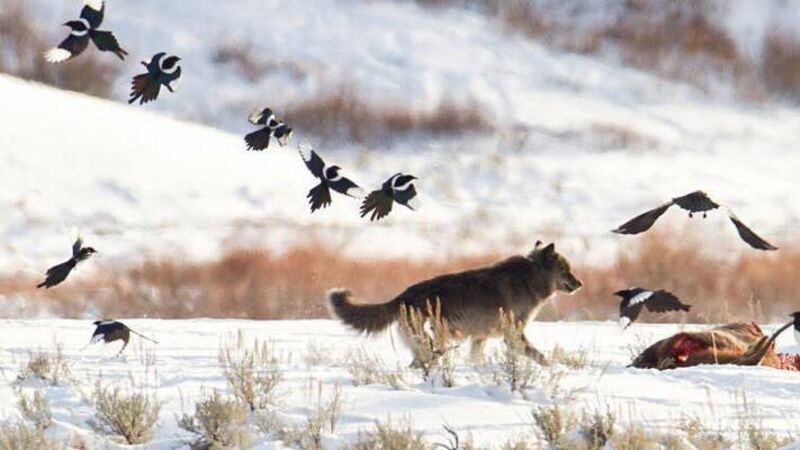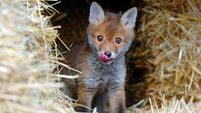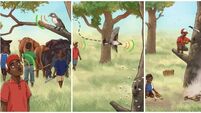Bringing back the wolf — and other animals

Yellowstone National Park ensures the long-term viability of wolves in Greater Yellowstone and provides a place for research on how wolves may affect many aspects of the ecosystem. Picture: NPS / Jim Peaco
In 1995, in Yellowstone national park, eight wolves were released from a white truck that had travelled 700 miles from Alberta, Canada. They were the first to live in the park for 70 years and the most fabled predator’s return to the world’s most famous national park inspired research that would feature in ecology textbooks for decades.
A key narrative from this event is that wolves created a “landscape of fear” in the park, which kickstarted big changes in habitats, known as trophic cascades. It is an argument used to justify releasing wolves elsewhere. But increasingly, researchers are looking at the nuances of what happened in the decades after wolves were introduced and challenging this approach.







